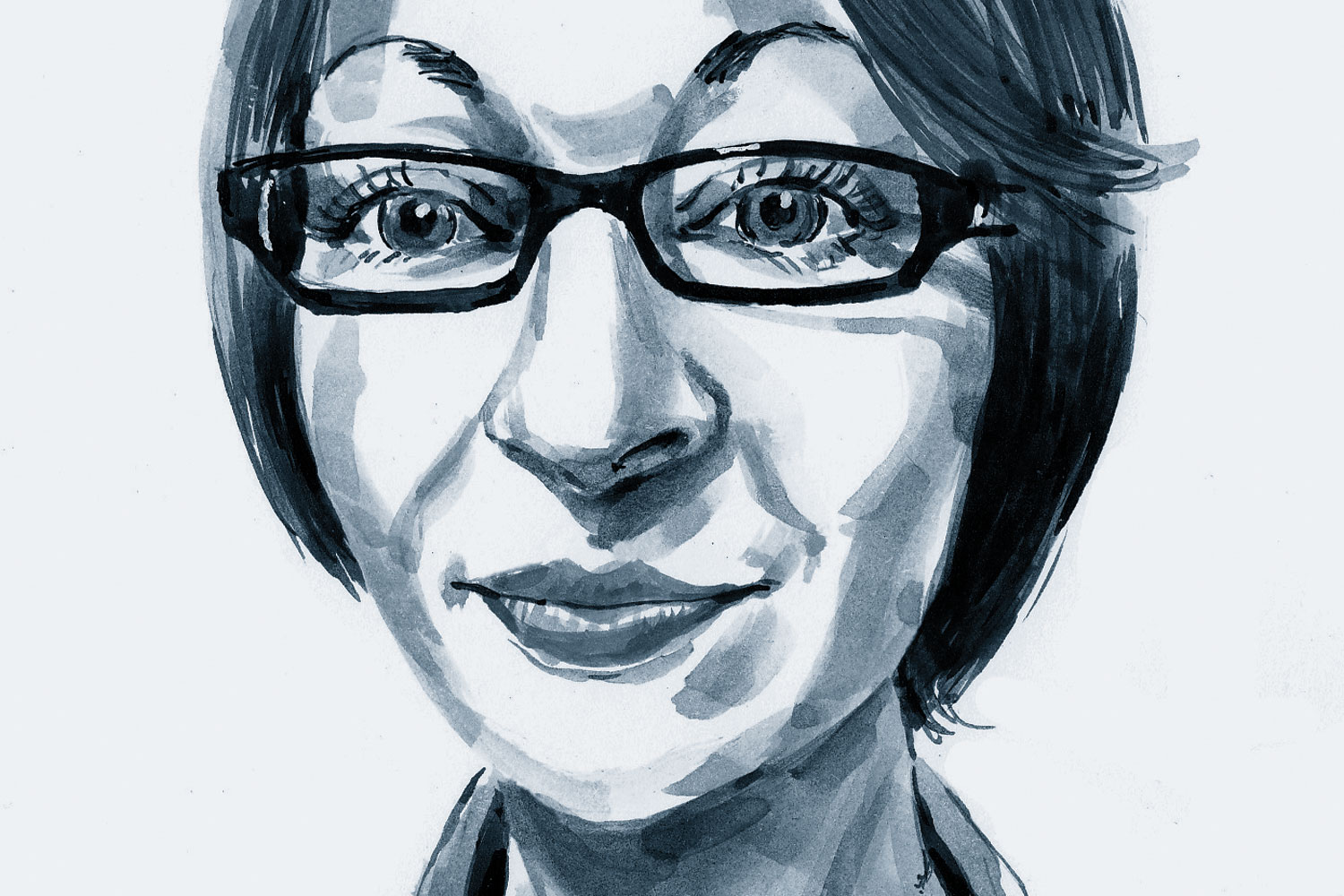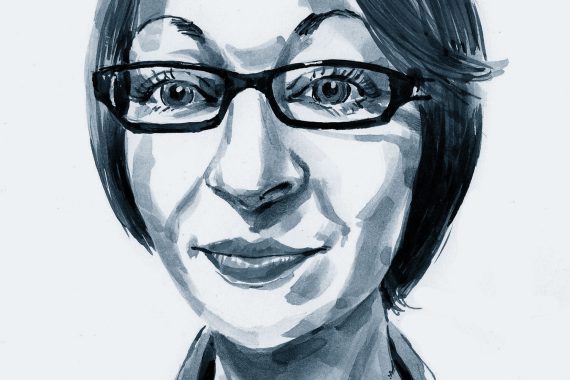
Yes, I know Christmas is coming earlier every year, and we haven’t even had Bonfire Night yet. But having festive cheer rammed down our throats from autumn gave me an idea for a research paper: ‘Higher workload in general practice results in fewer bottles of wine for clinicians at Christmas.’
Because it seems to me the gifts of wine and chocolates have dwindled in recent years.
Maybe not being showered with pressies is a good sign. It seems it’s the insatiable heartsinks who bear the most gifts, perhaps a tacit admission of the angst and work they have brought – or an advance on next year’s woes. A box of Ferrero Rocher is scant consolation for 12 months of grief.
But there is a wider point. As workload goes up, continuity of care goes down. Even in that rarest of beasts, the fully staffed practice, the sheer volume of workload makes always seeing the same doctor a challenge. So either we don’t end up with regular patients – the ones likely to send cards and gifts – or the patient who always sends a nice bottle of whisky comes in on a day when our efforts are diverted elsewhere.
I don’t need something wrapped up in shiny paper to understand a patient’s gratitude
The loss of continuity of care is a shame. It can give you a warm, fuzzy feeling inside and doing a full clinic of patients you have seen before and know well is a hell of a lot easier than starting from scratch every time. Ten minutes becomes a lot longer when your opening question isn’t ‘how can I help you today?’, but rather ‘so did the tablets I gave you work?’.
But the reality is the traditional concept of continuity has partly led to the situation we are in by stoking unrealistic demand. We may need to ditch it for our own sakes. Until the magical 5,000 new colleagues and £20bn in the global sum appear (ha!), we have to find a way of doing things that, sadly, doesn’t involve the same GP seeing the same patient.
But we can still provide a form of continuity. Finishing a consultation with a new patient in 10 minutes is damn hard – hats off to you if you can do it well. But managing that appointment, keeping good notes that include the fact you don’t know what’s going on (‘Unclear clinical picture? Viral? Stress? Dengue fever?’) gives the next person who sees that patient a starting point.
Some practices have started a ‘follow-up’ register for patients who have a condition that really needs seeing by the same person each time. When these patients ring for an appointment, they are prioritised to that same GPs clinic. Once that episode is over, they come off the register, and someone else can be added if need be. An eminently sensible idea.
Adapting traditional continuity of care may make our lives a bit easier. In the festive seasons when I was locuming, my side of the Christmas tree was definitely bare compared with my teacher husband’s. But I also had some flexibility. Besides, I don’t need something wrapped up in shiny paper to understand a patient’s gratitude.
So the chocs and booze might not have our name on them, and we might drop the annual ‘who is the most popular GP’ game. But letting go of traditional continuity of care may make the other 50 weeks of the year a little easier.
Dr Zoe Norris is a GP in Hull
Pulse October survey
Take our July 2025 survey to potentially win £1.000 worth of tokens














